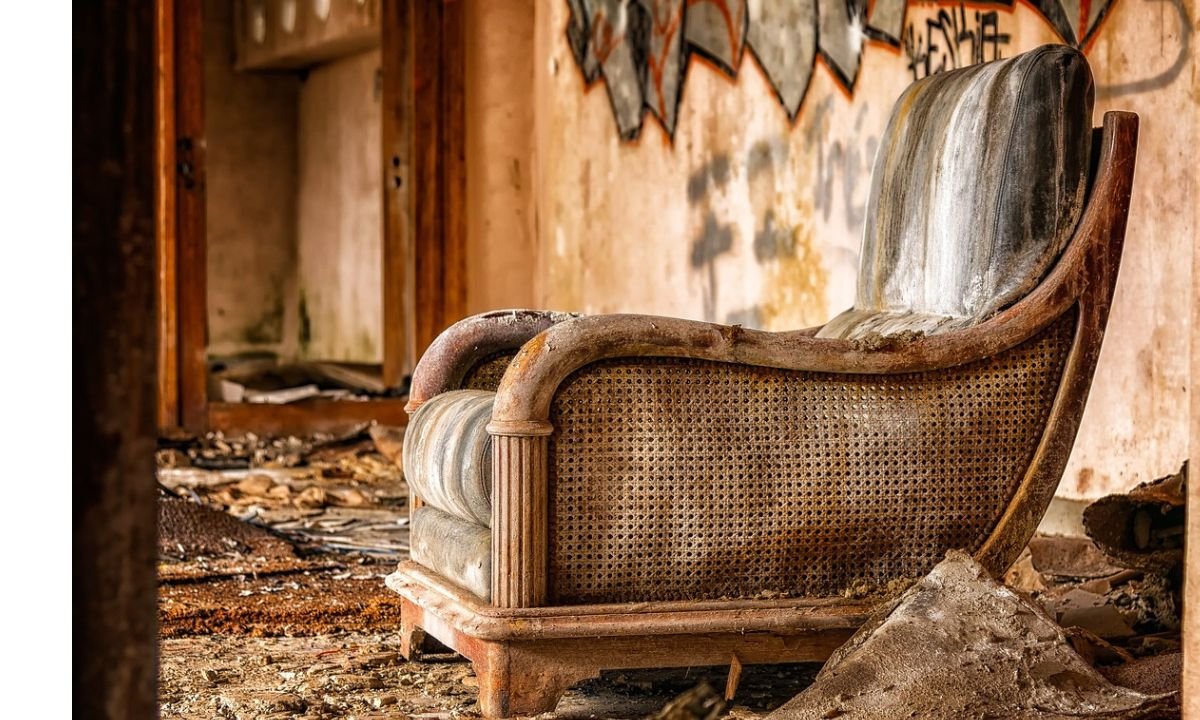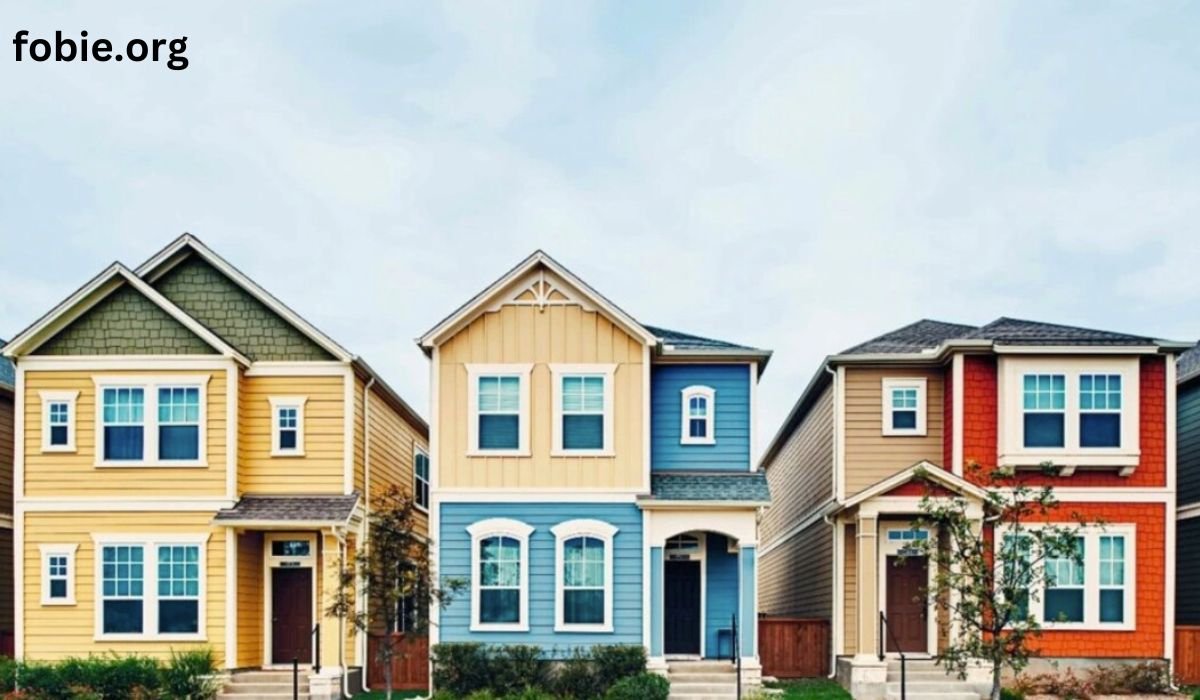Before discarding your old furniture, consider the myriad creative options to repurpose it in your home. While learning how to get rid of old furniture is helpful, transforming these pieces can be both rewarding and environmentally friendly. Repurposing means giving these items a second chance, extending their usefulness, and infusing them with new life. With some creativity and effort, you can breathe new life into dated furniture, making it a centerpiece of your home’s aesthetic. This transformation saves money and contributes positively to environmental conservation, playing a crucial role in reducing waste.
Key Benefits of Repurposing Furniture
Repurposing furniture has numerous advantages that extend beyond aesthetics. Environmentally, it helps reduce landfill waste and lowers the carbon footprint of producing new furniture. Each repurposed item takes us a step closer to a sustainable future by conserving natural resources and reducing energy consumption that typically accompanies the manufacturing and transporting new goods. Moreover, it curtails demand for raw materials, leading to less environmental degradation. Economically, repurposing saves money that would otherwise be spent on new pieces, allowing you to invest in other home improvement projects or personal endeavors.
The Art of Upcycling: Tips and Tricks
Upcycling furniture involves transforming old items to give them new purposes or improve their appearances, turning potential discards into cherished assets. Begin with a vision of what the furniture could become, considering both function and aesthetics. Look for pieces with good structural integrity that can be easily creatively transformed. Simple tricks include fresh paint, changing hardware, or reupholstering with bold fabric choices. For those venturing into structural modifications, simple alterations like shortening table legs or adding new shelves can drastically change the function and style of a piece. Always thoroughly clean and sand to prepare the surface for any new finish, ensuring longevity and durability. Creating a plan and staying organized turns upcycling into a rewarding artistic venture, minimizing waste as you maximize creativity.
Innovative Repurposing Ideas
Creativity is limitless when repurposing furniture, and seeing potential in unexpected places can lead to stunning transformations. Consider using a single headboard as a unique picture frame, or turning a ladder into a bespoke bookshelf. These transformations don’t just create unique decor but also functional elements in home design. Old dressers can serve as bathroom vanities with added fixtures, greatly enhancing the utility of limited space. This conversion repurposes the wood and brings character to an otherwise utilitarian room.
Combining Functionality with Style
Balance is crucial when repurposing furniture. Combining functionality with aesthetics ensures pieces are beautiful and practical, serving dual purposes that enhance your living space. An old trunk can serve as a coffee table with ample storage, while a sturdy side table can double as a plant stand, enriching the decor while enhancing practicality. Use textures, colors, and finishes that complement existing decor, resulting in a cohesive design and enhanced usability. Repurposed furniture can bridge the gap between space and utility, offering clever solutions for small homes or multifunctional spaces. Upholstered chests can provide both seating and an attractive place to store blankets, and sideboards can be converted into office desks for home workspaces. With thoughtful design choices, repurposed items can transform from ordinary to extraordinary, anchoring the room’s aesthetics and utilitarian needs. Such transformations often serve as conversation starters and highlight the innovative, sustainable efforts to create such unique pieces.
Incorporating Vintage Pieces
Vintage pieces exude charm and history, each carrying a story waiting to be shared. Integrating them into modern decor creates an eclectic, inviting atmosphere that sparks conversation and nostalgia. When used as a desk or vanity setup, a vintage chair or an old sewing machine stand can become a striking statement piece. These transformations combine history and personalization, reviving historic charm in modern settings. The blend of old and new styles enriches interior design and stimulates artistic expression, making your home unique. Utilizing vintage pieces allows you to curate a home that honors history while celebrating contemporary design elements, creating a harmony that is both timeless and trendsetting. Furthermore, by honoring past craftsmanship, these vintage items often bring a quality of construction that modern counterparts struggle to replicate. Look for elements that can be merged within existing decor themes, allowing the old and new to coexist beautifully, highlighting tradition and innovation in your living space.
Where to Find Inspiration
Finding inspiration for repurposing projects can be as alluring as the transformation process. Online platforms like Pinterest and Instagram are valuable resources for creative ideas and tutorials, offering a peek into how people worldwide upcycle their belongings. Home decor blogs and DIY vlogs also offer step-by-step guidance and conceptual approaches, making it easy to start even for those new to crafting or home improvement. Joining online communities dedicated to upcycling can provide additional support, resources, and inspiration from like-minded individuals. These platforms encourage collaboration, allowing amateur and expert upcyclers to share ideas and experiences. According to the New York Times, the rise of DIY and creative projects empowers homeowners to reinvent spaces cost-effectively and sustainably. The digital age’s collective creativity ensures endless possibilities at your fingertips, inspiring transformation and innovation in every corner of your home.
Conclusion
Embracing creativity in repurposing old furniture opens doors to sustainable living and personalized home decor. With these suggestions, inspiration, and practical tips, your old furniture can become beautiful, functional pieces that enhance your home’s warmth and style. Next time you’re ready to part ways with an old piece, think twice about its potential before letting it go. The thoughts and efforts put into transformation do not just change furniture; they enrich your living experience, cherish memories, and highlight personal style in the most creative ways imaginable. By harnessing your creativity, you can transform old items into treasured elements within your home, each with a story to tell and a purpose to fulfill in your living space. Allowing your living space to flourish with character and history meets every developing design aspiration while embodying a conscious choice to live sustainably.











